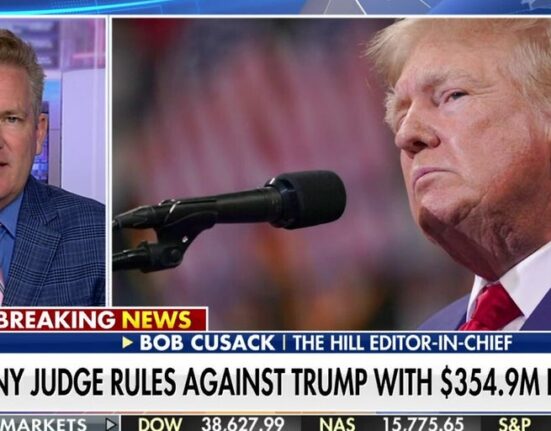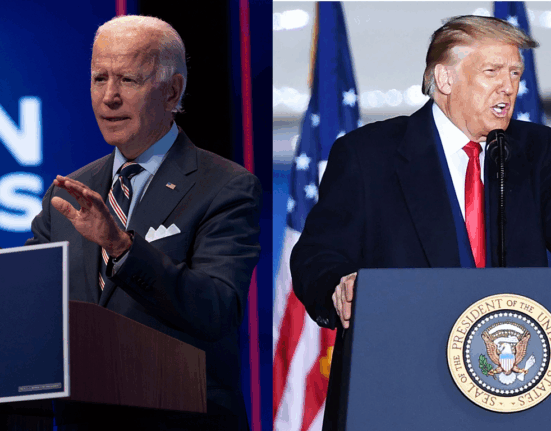Once upon a time, in the ever-shifting landscape of global trade, there was a man who believed he held all the cards. President Trump, a larger-than-life figure known for his bold statements and unorthodox approach to governance, had made trade policy a cornerstone of his administration. From imposing tariffs on allies to engaging in high-stakes negotiations with economic powerhouses like China, Trump’s trade agenda was nothing short of contentious.
“Trade wars are good, and easy to win.”
With these words echoing through the hallowed halls of Washington, the stage was set for a clash of ideologies and interests that would reverberate across continents. Supporters lauded Trump’s efforts to protect American jobs and industries from what he deemed unfair competition, while critics warned of dire consequences for consumers and global economic stability.
As the months turned into years, the impact of Trump’s trade policies began to manifest in ways both subtle and profound. The imposition of tariffs on steel and aluminum imports sent shockwaves through supply chains, leading to price increases for everything from cars to canned goods. Farmers found themselves caught in the crossfire of retaliatory measures by trading partners, facing plummeting commodity prices and uncertain futures.
“When you’re almost 800 Billion Dollars a year down on Trade… you can’t lose a Trade War!”
Meanwhile, businesses large and small scrambled to navigate an increasingly complex web of regulations and restrictions, unsure of what the next tweet or executive order might bring. The once-stable ground beneath their feet had begun to shift unpredictably, forcing them to rethink long-standing strategies and relationships.
Amidst this turmoil, experts weighed in on the efficacy of Trump’s trade policies with varying degrees of skepticism. Some argued that protectionist measures could provide temporary relief for domestic industries but risked alienating key allies and undermining long-term economic growth. Others pointed to the inherent contradictions within Trump’s approach – advocating for free markets while simultaneously erecting barriers to trade – as a recipe for confusion and conflict.
“It’s important that we have freer trade with fewer barriers.”
As negotiations faltered and tensions simmered on multiple fronts, it became increasingly clear that Trump’s vision for reshaping global trade was facing formidable obstacles. The very tools he had wielded so effectively as a businessman – bravado, brinkmanship, and bluster – seemed ill-suited to the delicate dance of international diplomacy.
And so it was that Trump’s trade contradictions came home to roost in a world grappling with uncertainty and upheaval. The lessons learned from this tumultuous chapter would echo far beyond his presidency, serving as a cautionary tale about the complexities of power, politics, and pride in an interconnected world.
In conclusion,
Trump’s presidency will always be remembered
for its controversial stance on global commerce.
The repercussions continue
to shape our economy today,
a stark reminder
of how quickly fortunes can change
in the unpredictable realm
of international trade.








Leave feedback about this